Today, the challenges of producing and consuming healthily and sustainably have led us to rediscover this plant with its many benefits. Indeed, hemp boasts a wealth of ecological properties : it's a zero-waste plant, whose cultivation requires no chemicals or irrigation. Discover hemp, this ecological plant par excellence.

Hemp and its ecological benefits
What are the qualities of hemp?
In recent years, hemp cultivation has spread worldwide. This ancient plant, with its many ecological and agronomic benefits, is used in various industries.
- Water-efficient : Requires no irrigation; thanks to its efficient root system (up to 3.5 meters), it can draw water from deep within.
- No input : Requires no phytosanitary treatment; it is a very resistant plant, which requires neither insecticides, nor herbicides, nor fungicides. It has a rapid growth which smothers weeds and its rather strong odor keeps insects away.
- Crop rotation: The strong root growth of hemp benefits subsequent crops, as it structures and fertilizes the soil (leaves it clean).
- Carbon sink : 1 hectare of hemp absorbs as much CO2 as 1 hectare of forest , or 15 tonnes
- Recyclable : Products made from hemp are compostable and/or recyclable (bio-sourcedplastic can be reused up to 10 times ).
In a changing agriculture, where water is becoming a problem and the climate is becoming increasingly hot and dry, hemp gives us good reasons to adopt it . It has a very interesting culture because it adapts to new climatic conditions.
What are the different uses of hemp?
From stem to seed, nothing is wasted in hemp; it is a zero-waste plant. From food to construction, including textiles and cosmetics, its uses have been diversified. Indeed, hemp has many properties : absorption, resistance; which allow it to be used in various industries.
- Hemp shives (or hemp wood) : When the straw is defibered, we obtain wood chips, called hemp shives. Hemp shives will be used for:
- Animal litter;
- Horticultural mulch;
- Building.
- The fiber
- Paper;
- Bio-sourced plastic (e.g. car dashboard);
- Insulation;
- Textile.
- Hempseed
- Nutrition: Both the seed (rich in protein) and the oil are used. Hemp oil has one of the best balances between omega-3 and omega-6, making it excellent for our health.
- Cosmetics: It is mainly oil that is used in the composition of cosmetics, because it is known for its moisturizing powers.
- Bird shop and fishing.

What is the difference between hemp and cannabis?
Hemp and cannabis come from the same family, Cannabaceae. In Latin, hemp means cannabis. They have a very similar smell and appearance. What differentiates them is their composition : the THC content of their resin. Industrial hemp contains less than 0.2% psychoactive substances.Cannabis (or recreational hemp) produces a resin that naturally contains Tetra Hydro Cannabinol (THC). This psychoactive molecule has a THC content that typically ranges between 20 and 40%.
Industrial hemp, the cultivation of which is authorized in France, if its THC level is less than 0.2%.
Textile hemp
In recent years, the textile industry has been focusing its attention on selecting more environmentally friendly and sustainable materials . Textile hemp is a material that combines ecological virtues , and it also offers a noble and high-quality textile. Textile hemp also has many benefits for the skin: thermoregulation, antibacterial, UV filter, etc. Despite all its qualities, its cultivation came to a halt in the 1960s. It was replaced by the arrival of cotton and synthetic fibers. Today, hemp cultivation is experiencing growing development , driven by a renewed interest in its virtues.

The transformation of hemp into textiles
In order to obtain hemp textiles, many steps are necessary, from the fiber to the thread:
-
Retting : This is a process that allows the softened fiber to be recovered. This is an essential step that facilitates defibering. To make textile fiber, farmers leave the hemp field to ret, meaning it will be exposed to alternating rain and sun: this is ground retting, the most common practice today. This step allows the pectins that hold the fibers together to decompose.
- Defibering : When the hemp is retted and dry, the next step is to separate the fibers from the shiv (crushing). The fibers are then handled, braided, and gathered into batches.
- Framing : The fibers are framed and put into ribbons.
- Spinning : The fiber is stretched to obtain continuous and resistant textile threads of different thicknesses.
- Weaving : is a crossing of threads, the result of which forms the weave of a fabric: the warp threads and the weft threads intertwine to form a fabric.
Unfortunately, over the past 40 years, deindustrialization has caused France to lose its know-how, its spinning mills, its weaving mills and its tools.
Textile hemp: advantages and disadvantages
The benefits of hemp
Textile hemp has many advantages:
- Very durable , which makes the clothes stronger, much more durable, and therefore they will last longer. Unlike cotton or synthetic fibers, which, when washed often, break down and eventually tear.
- Natural fiber.
- Requires no irrigation, no chemical inputs ; unlike cotton, for example.
- Antibacterial , it will therefore prevent the development of bacteria responsible for odors.
-
Natural UV protection , which protects us from the sun's rays (retains up to 95% of UV rays).
- Being a very resistant fiber, it has antimicrobial properties that allow the textile to last longer

The disadvantages of textile hemp
When you first use a pure hemp garment, it may feel slightly rough. It softens after a few washes. After that, it becomes very comfortable.
Many clothes have a fiber blend (hemp/cotton, for example), to prevent it from feeling rough during the first few uses.
The different certifications of hemp
- Interchanvre (France): “French hemp fiber” label, this label certifies traceability, Made in France and “zero chemistry”
- EUROPEAN FLAX ®: certifies origin, traceability, social and environmental respect.
The hemp rope
Hemp rope is renowned for its great strength : resistance to breakage but also to heat, insects and mold. It is the most resistant of all fibers and guarantees a very long lifespan . This is why it is very widely used in various fields: construction, transport, decoration, sports... It is an ecological and entirely biodegradable material.
We were seduced by all its qualities. That's why we chose a 100% hemp rope to structure the inside of the handles of our handbags but also for the packaging of our pieces: the rope used to close our linen pouches is a natural hemp rope.
Hemp, this plant with many virtues, which we use entirely and in many very varied areas. It is present in our daily lives: clothing, food, insulation, stationery, cosmetics, leather goods... It is a plant that we are rediscovering and that we have very quickly loved and adopted.
Also read :
Sustainable Fashion : 10 Tips for an Eco-Friendly Wardrobe
Linen , a noble fiber with undeniable ecological benefits
The Committed Accessory: The 5 essential characteristics of an eco-responsible handbag




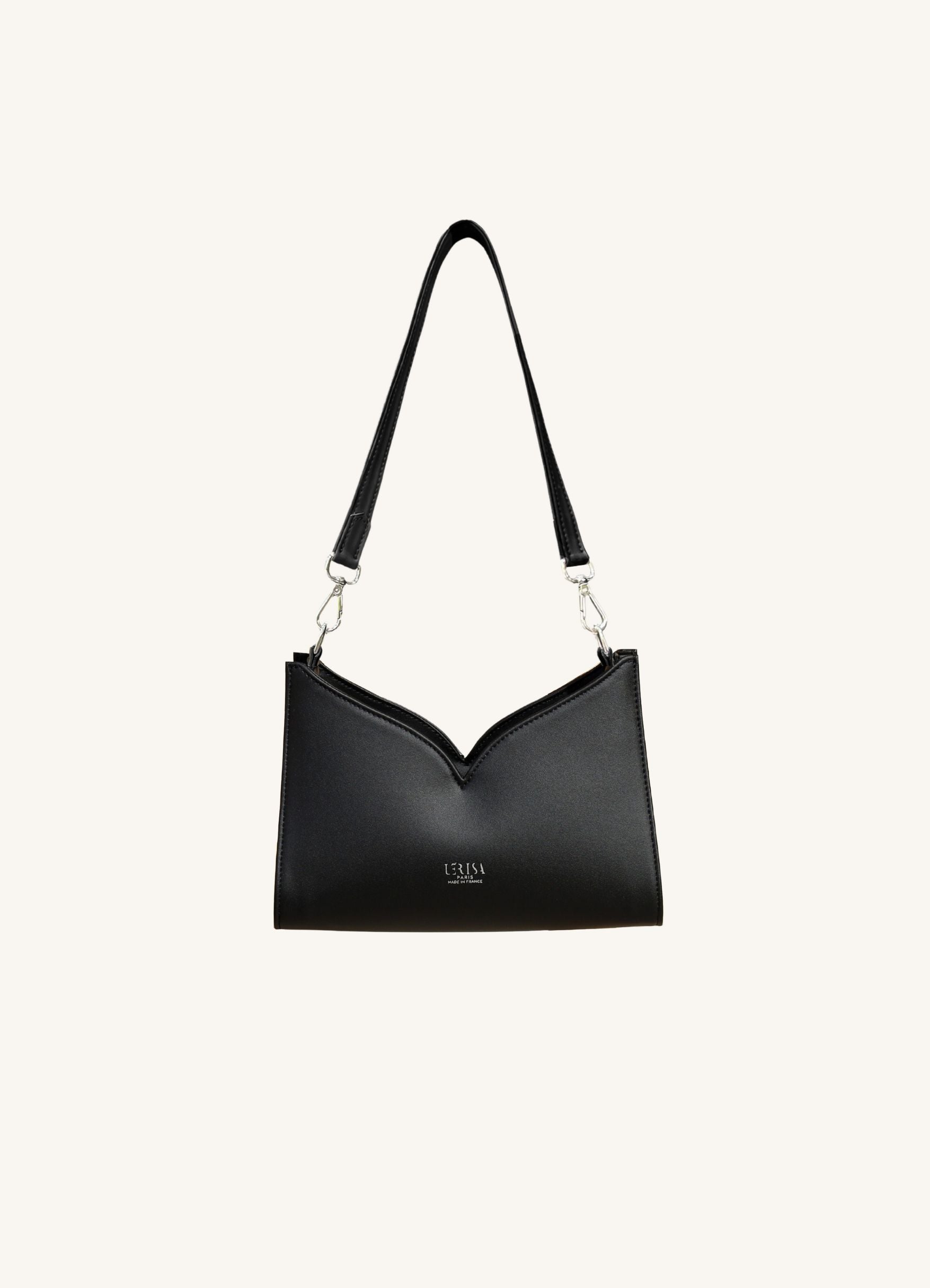
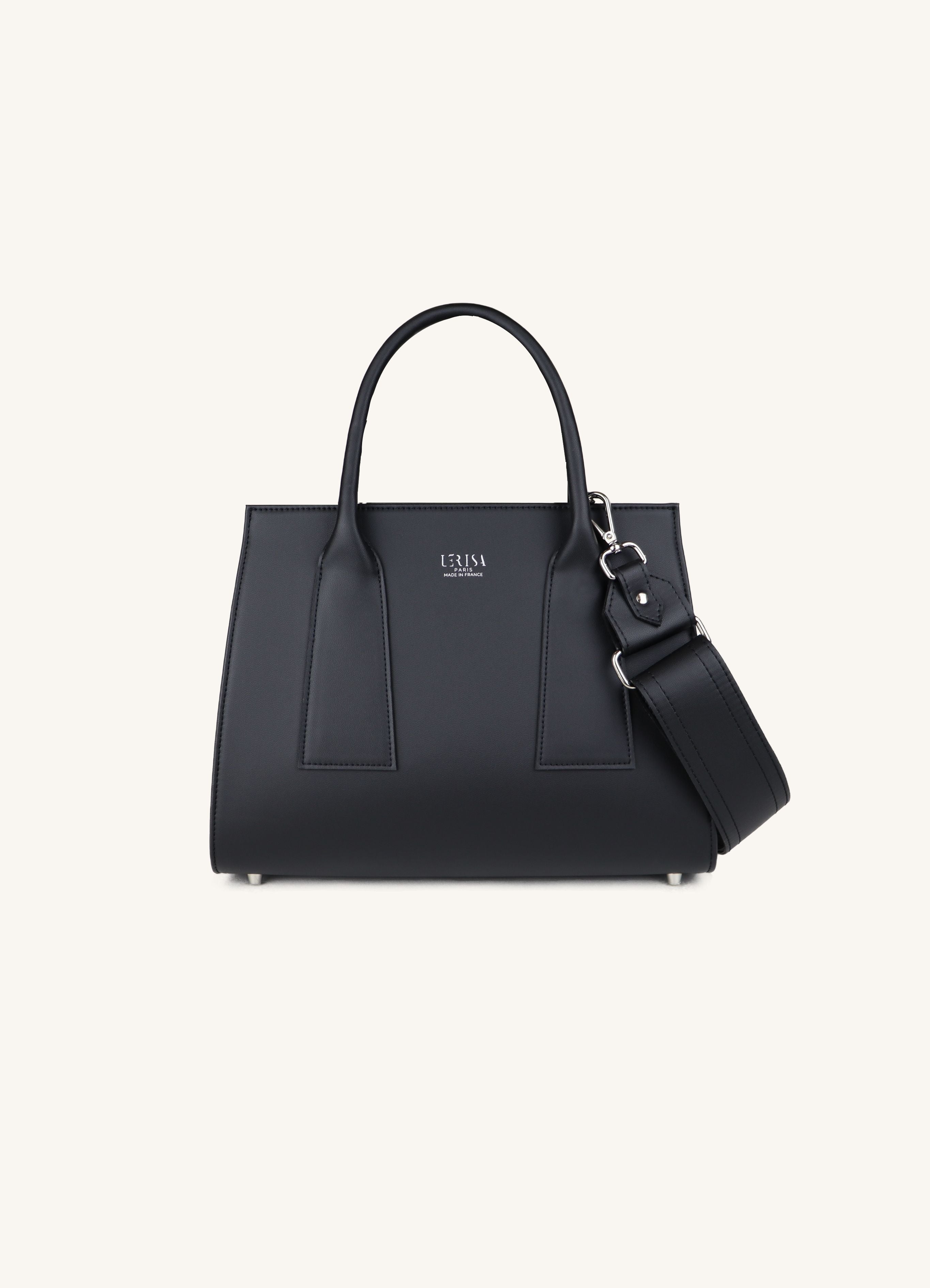

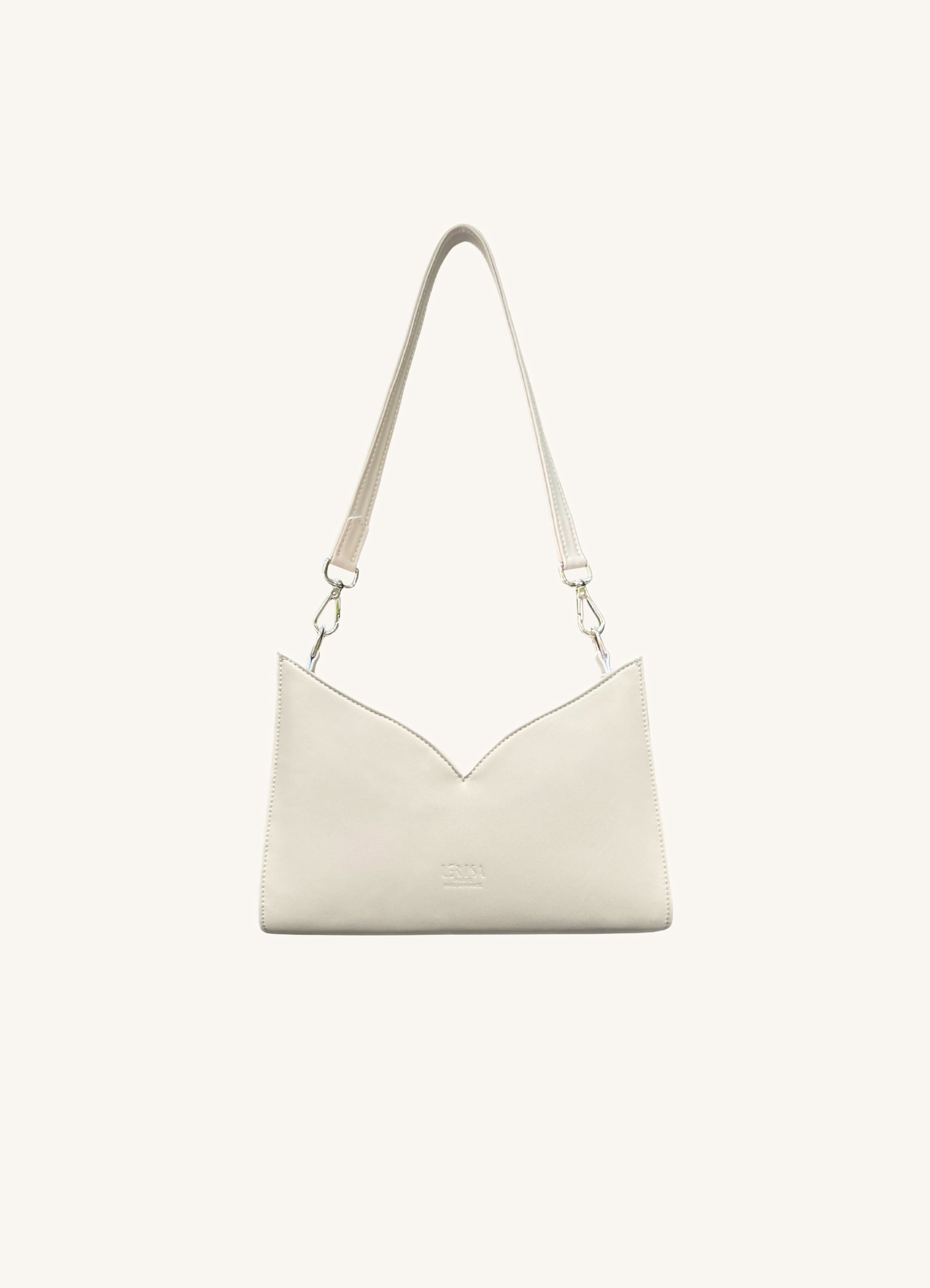
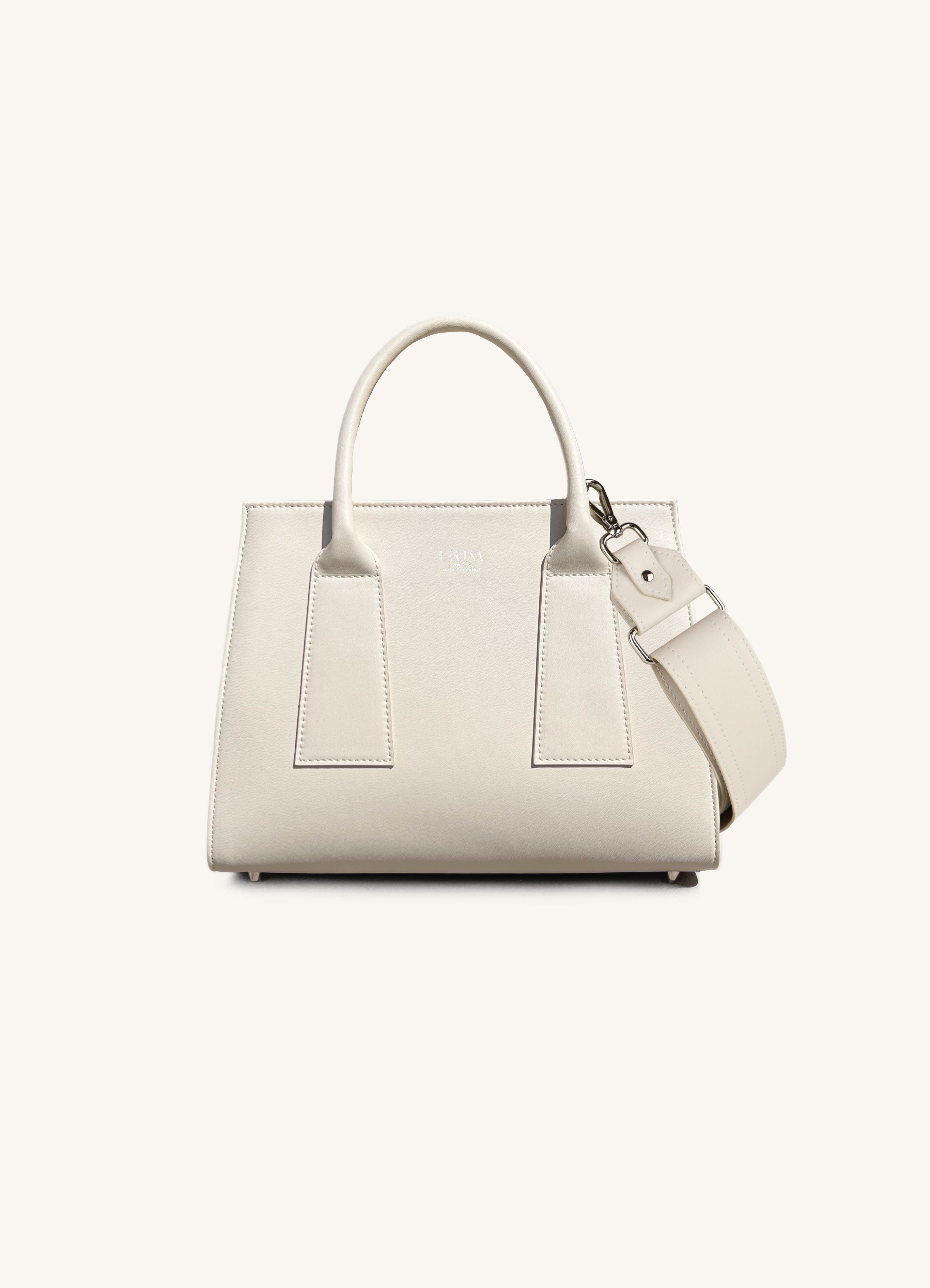

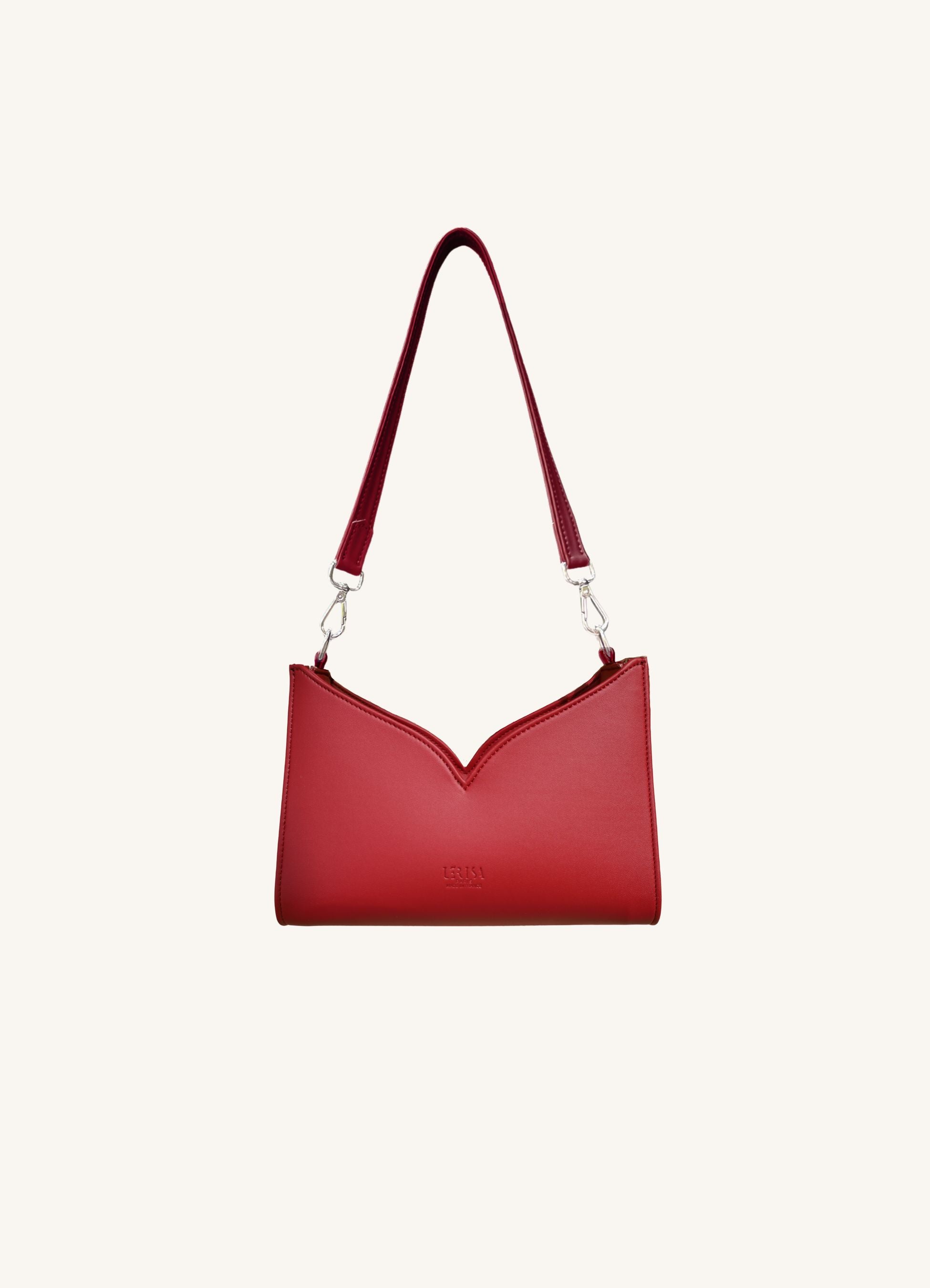

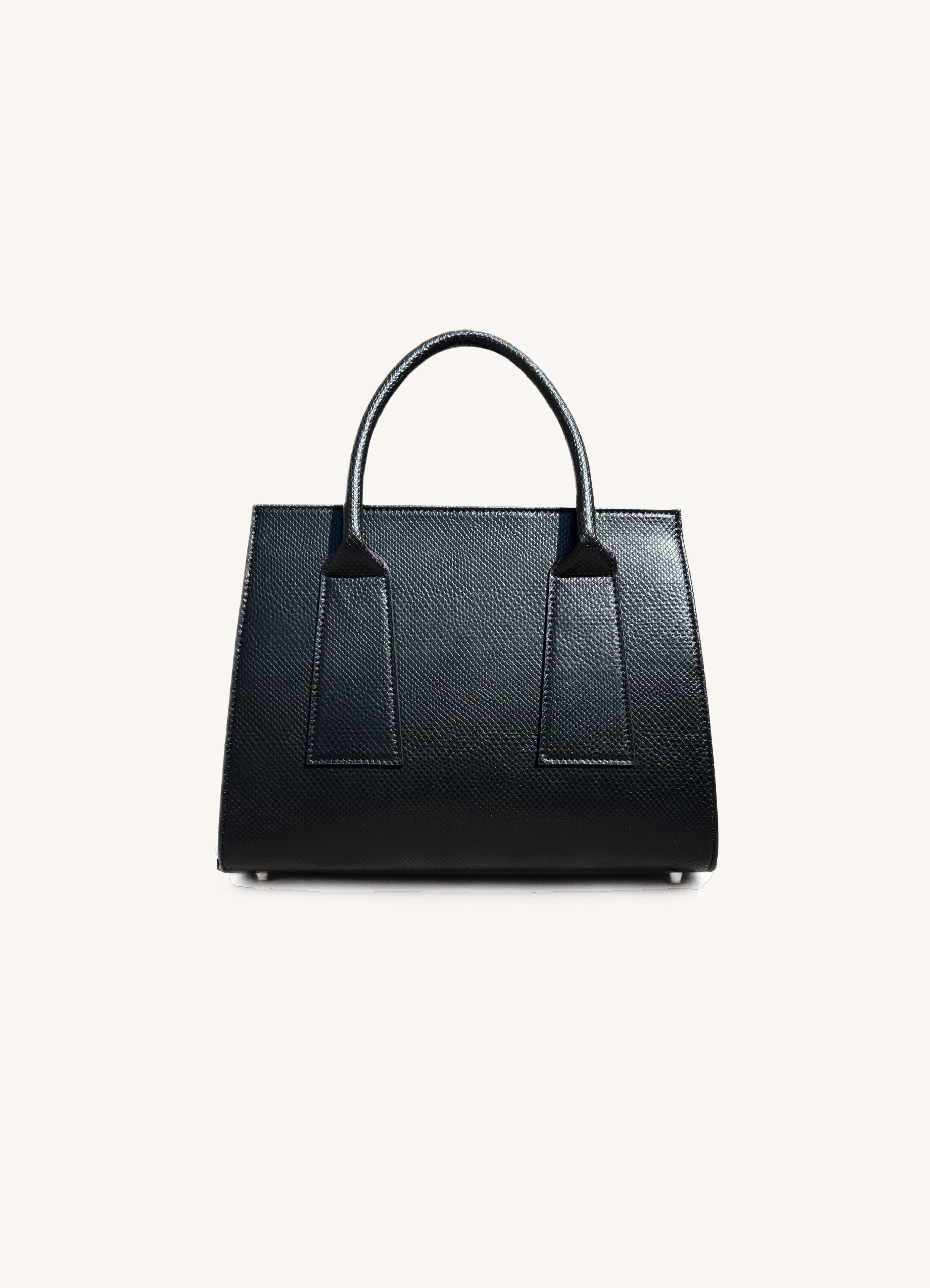

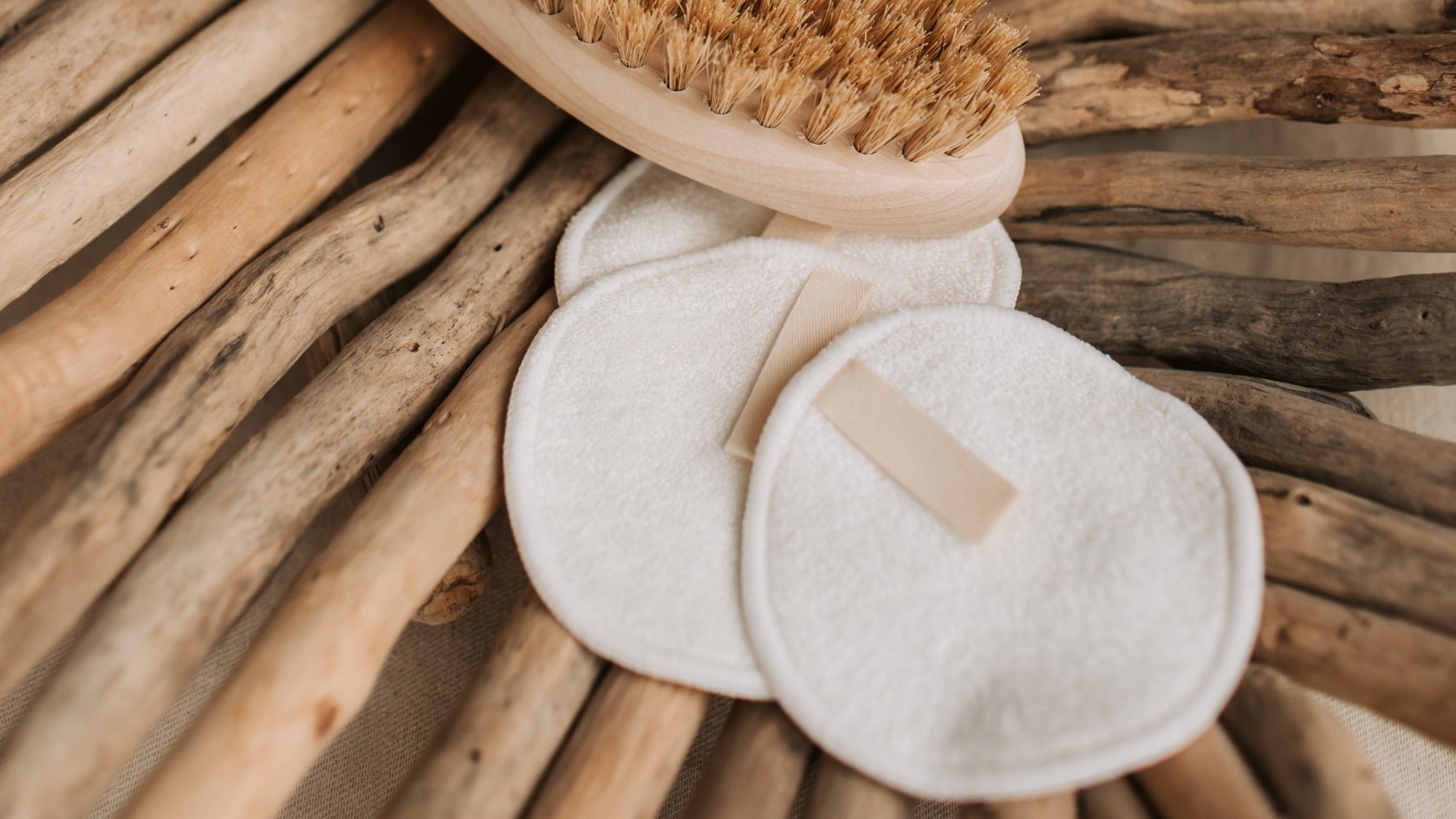
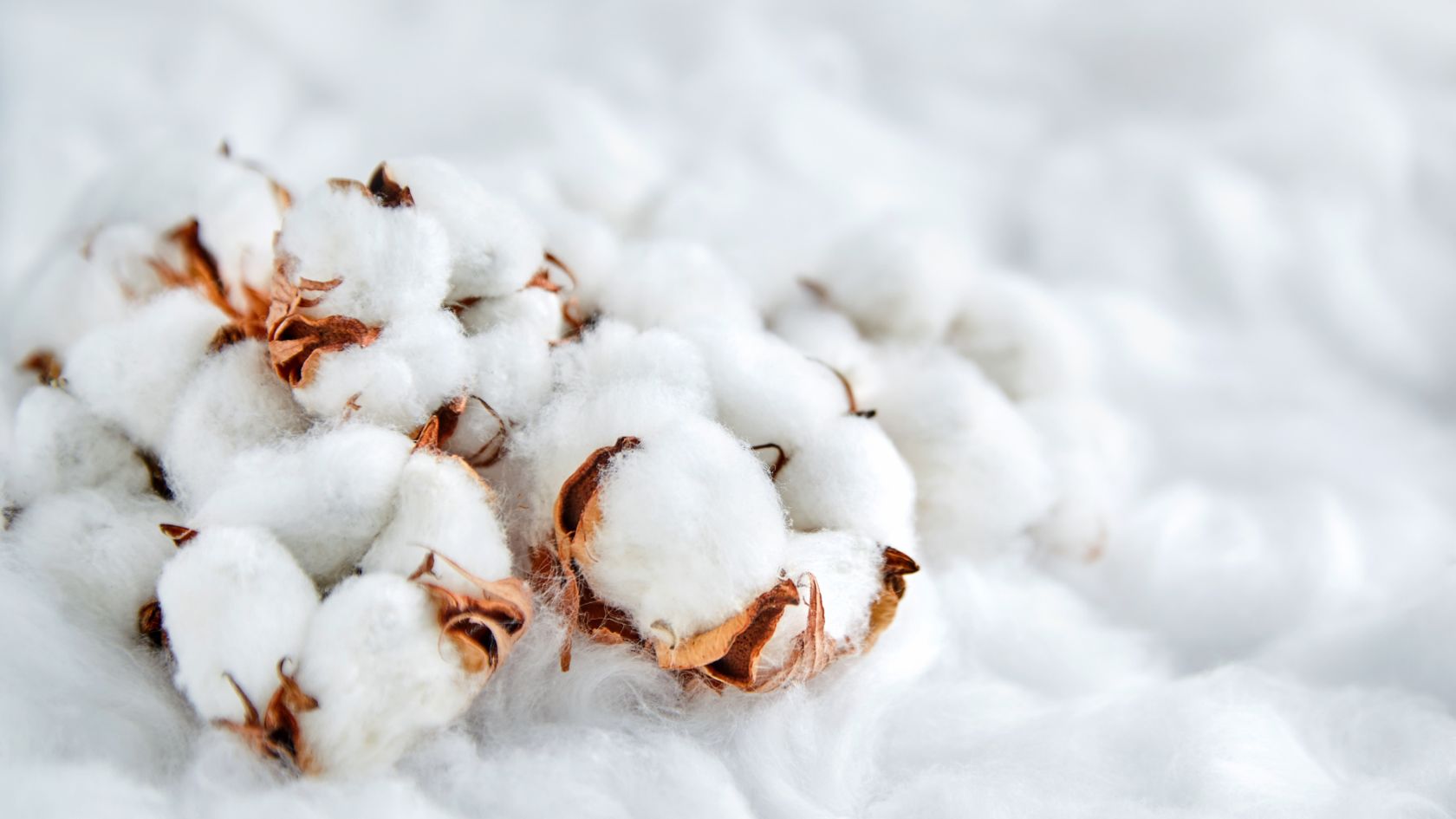
Leave a comment